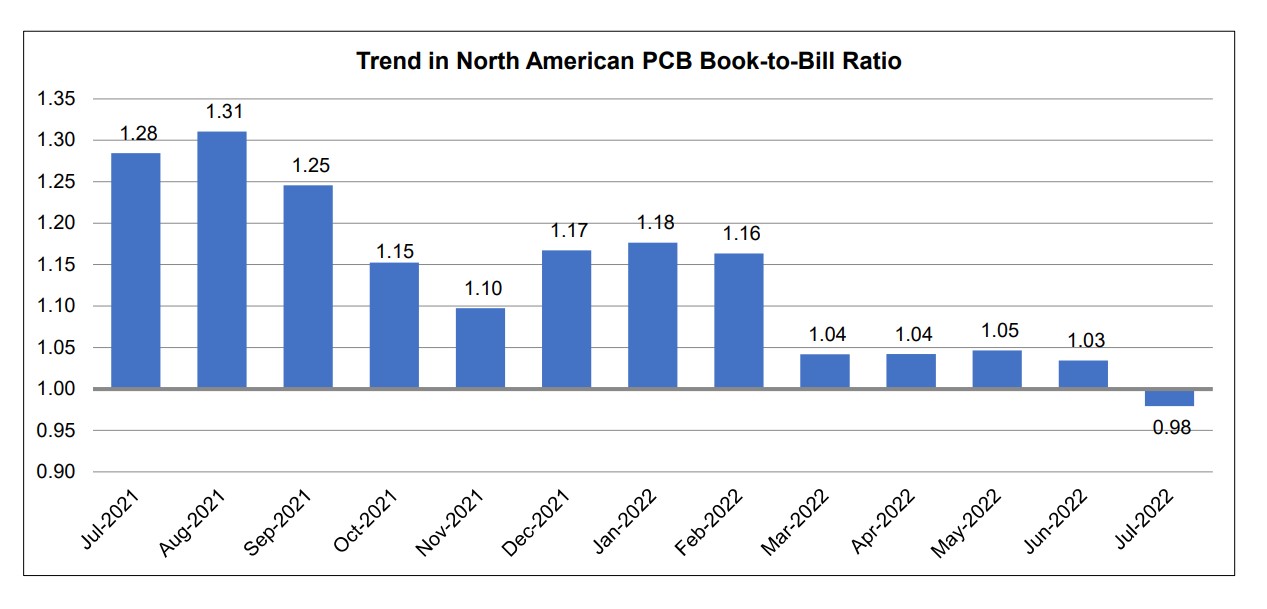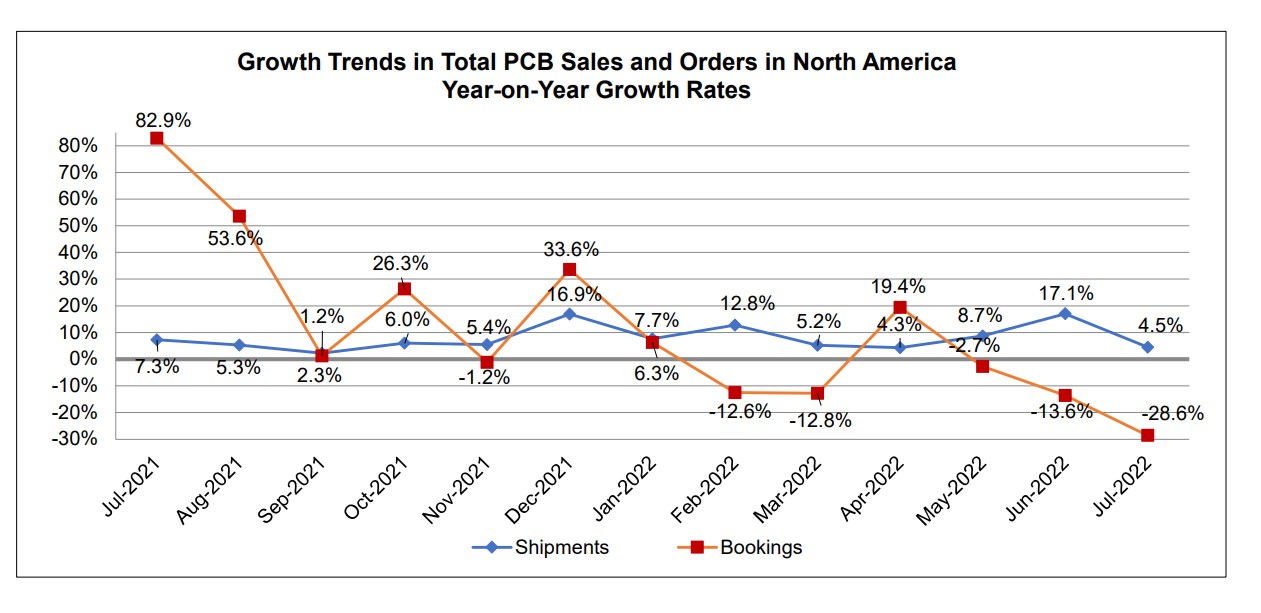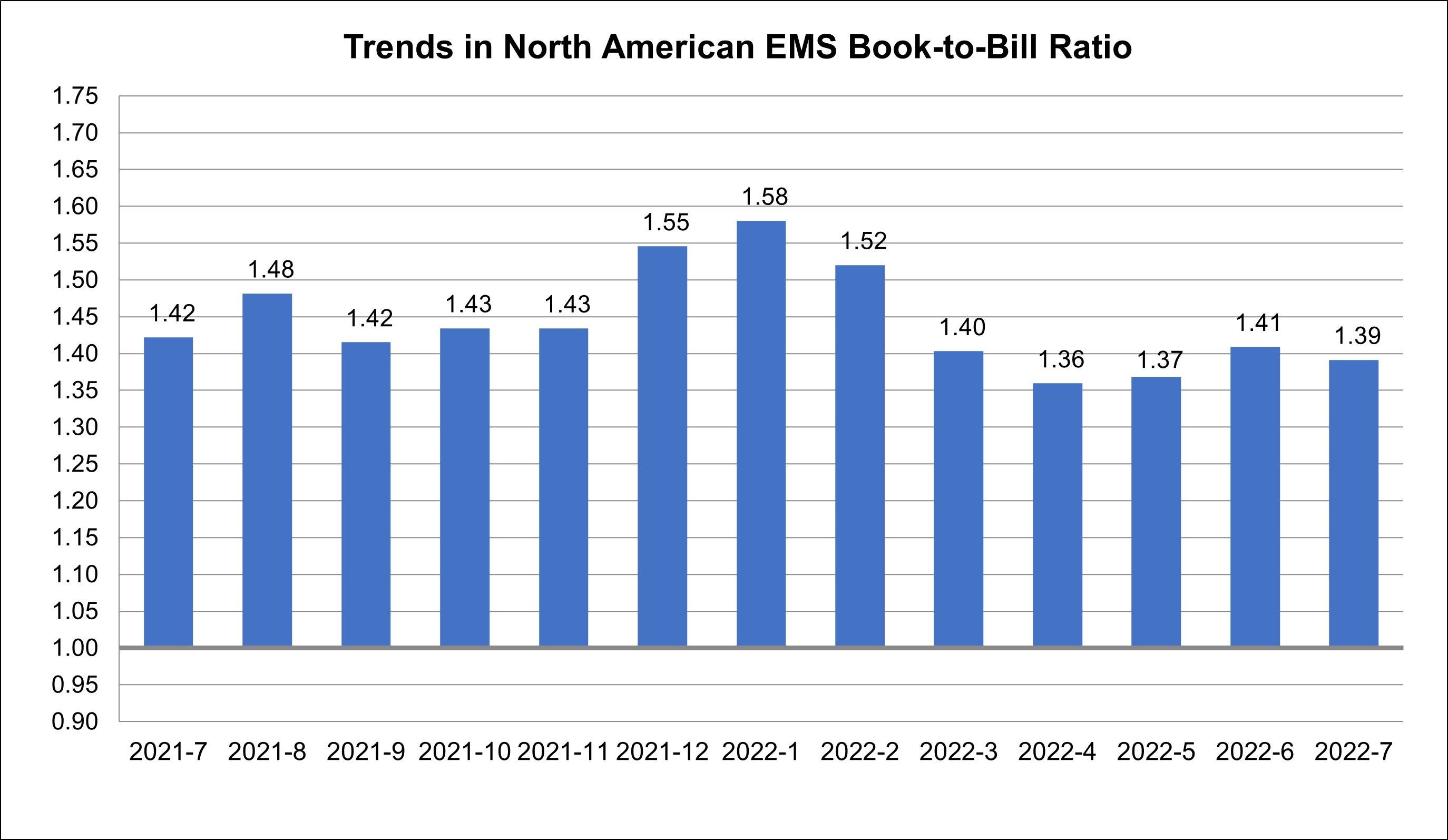Beyond Moore’s Law – Enabling Heterogeneous Integration and Next Generation Chiplet Architectures
By Tracy Riggan, senior director, business development, Solutions
The electronics industry is in the early stages of a new era, with unprecedented change already in motion. This is the era of ‘Heterogeneous Integration’ led by massive changes in semiconductor and electronic advanced packaging sectors. Chiplet-based design architectures incorporating heterogeneous integration packaging methods will enable next-generation electronic systems and applications. The days of simply following Moore’s law are over.
IPC fully supports next-generation advancements in the fields of IC substrates and OSAT manufacturing. “With the ‘lines blurring’ between HDI PCB and IC-substrate designs, materials, and applications, IPC’s extensive background in various printed circuit board technologies is well positioned to help with IC-substrate advancements,” said Matt Kelly, IPC chief technologist.
Design points, materials, and quality/reliability requirements are coming closer together between HDI PCBs and IC substrates than ever before. While technical readiness for advanced IC substrates is high, North American and European IC-substrate fabrication readiness levels are low. Extensive infrastructure, technology, and workforce development are needed to advance capabilities and capacity in these regions.
Extension to support OSAT (outsourced semiconductor assembly and test) manufacturers is another natural extension, based on IPC’s long history of supporting the EMS industry. With the large variety of technologies being integrated into new advanced packages, numerous challenges spanning heterogeneous assembly processes, attach materials, and qualification/test requirements will need to be overcome.
The Hall of Fame Council, key contributors to IPC, and members from diverse backgrounds in electronics manufacturing provide strong backing and support for the IPC effort, with members of the group committed to helping in several ways:
- Wider review of supply chains as part of the CHIPS ACT has been a focus of IPC’s government relations team. Hall of Fame members Steve Pudles, Joe O’Neil, and Nilesh Naik were among the signatories on a letter to President Biden and Secretary Gina Raimondo.
- Hall of Fame members Dennis Fritz and Dave Hillman have been active with the USPAE’s push to help strengthen the Defense electronics industrial base.
- Hall of Fame member and IPC Thought Leaders Program Chair, Mike Carano wrote a report on the need for investment in small and medium-sized PCB manufacturers to support chip fabrication in the U.S. (Read report: https://bit.ly/3kwobpH).
- Additionally, the Hall of Fame Council praised IPC’s report: An Analysis of the North American Semiconductor and Advanced Packaging Ecosystem.
- IPC standards development leaders and members of the Hall of Fame Council, Leo Lambert, and Karen McConnell have welcomed new standards efforts including in Ultra HDI.
- Carano is also leading a team organizing a fall IPC conference on Advanced Packaging/IC Substrates.
In addition, the Hall of Fame Council is mapping the landscape of organizations working toward solutions related to advanced packaging, and members who have been active in standards development are identifying parallel work by standards groups to address questions posed by advanced packaging.
“Great progress has been made by IPC’s Advocacy team and the USPAE in securing advanced packaging funding for the greater electronics supply chain and in improving understanding of the role of interconnects,” said Gene Weiner, Hall of Fame member and owner, Weiner & Associates, “But more IPC member and community support is needed to assure continued funding and attention to the issue.”


